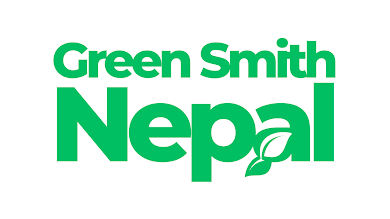Nature-Based Solutions (NBS) encompass a wide array of natural and semi-natural systems used to enhance urban resilience.
Based on the sources, three distinct NBS asset types are:
1. Urban Forests and Trees:
◦ Description: This category includes large areas of trees within the urban landscape (Urban Forests) and individual trees planted along streets (Street Trees).
◦ Purpose: They provide shade, cool the air through evapotranspiration (releasing moisture into the air), absorb pollutants, and manage stormwater. Street trees are specifically recognized as one of the most relevant NBS for urban heat mitigation due to their proven localized cooling effects.
2. Green Roofs and Walls:
◦ Description: These are systems where building surfaces are covered with vegetation. Green Roofs are vegetated layers installed on rooftops, which can be extensive (shallow substrate) or intensive (deeper substrate, garden-like). Green Walls are vertical growing systems on building facades.
◦ Purpose: They reduce building energy consumption by insulating the structure, manage stormwater runoff, and provide habitat. Green roofs help reduce the amount of heat absorbed and re-radiated by buildings, contributing to lower energy consumption for cooling.
3. Water-Related Systems (Blue Infrastructure) such as Wetlands and Raingardens:
◦ Description: These include features that manage water using natural processes. Wetlands are natural or constructed shallow water bodies for stormwater treatment and cooling. Rain Gardens and Bioswales are shallow depressions planted with vegetation designed to capture, filter, and infiltrate stormwater runoff. Ponds and Lakes (open water bodies) are also included.
◦ Purpose: These assets provide flood control, filter pollutants from stormwater runoff, support biodiversity, and contribute to cooling through evaporation. Wetlands and the restoration of wetlands have been found effective in reducing flood risks and urban heat.



0 Comments